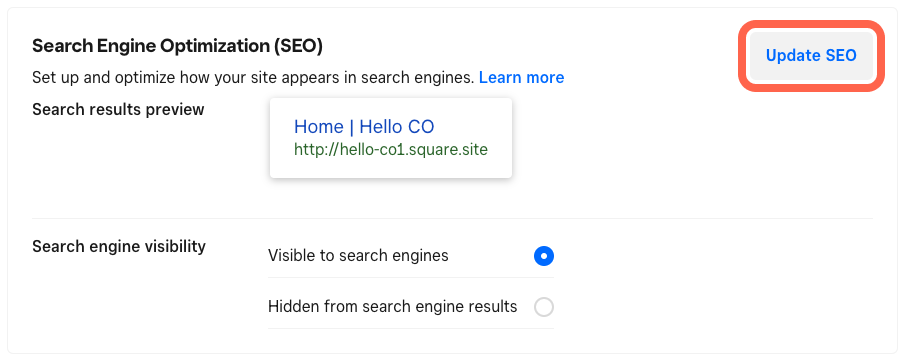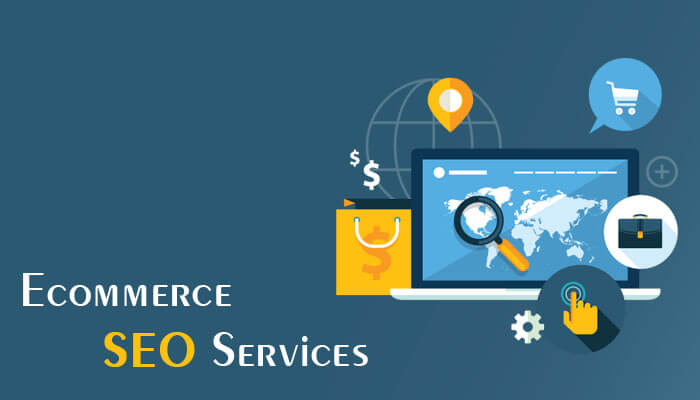Trick Variables of What Is Ruled Out a Default Medium in Google Analytics
Assuming Outside the Box: Leveraging Unconventional Tools to Optimize Google Analytics Performance
In the realm of digital advertising, the pursuit for enhanced Google Analytics efficiency has become a critical essential for businesses looking for to improve their on the internet presence. By exploring unusual tools as avenues of information collection, a new realm of opportunities arises.
One-of-a-kind Information Resources

Social media platforms provide valuable information on user demographics, passions, and interaction metrics, permitting companies to gauge the performance of their social media projects and maximize material for far better performance. By leveraging these one-of-a-kind data sources, companies can refine their strategies, boost targeting initiatives, and enhance total Google Analytics performance.
Social Media Insights

In addition, social media sites analytics tools enable companies to track essential efficiency signs, screen project effectiveness, and measure the effect of their on the internet tasks. Recognizing the demographics of fans, recognizing preferred material motifs, and evaluating interaction degrees can help organizations tailor their marketing approaches for much better outcomes.
Offline Advertising Combination
Integrating offline marketing methods with electronic analytics can improve total project efficiency and give an extra comprehensive understanding of consumer behavior. what is not considered a default medium in google analytics. By linking the gap in between online and offline initiatives, organizations can track the impact of typical advertising networks such as print ads, TV commercials, straight mail, and events on their on the internet visibility

In addition, executing call monitoring systems for offline marketing tasks anchor allows businesses to catch valuable information on client queries generated with printed ads or materials (what is not considered a default medium in google analytics). By analyzing phone call data alongside online metrics in Google Analytics, businesses can gain much deeper insights into the consumer journey and maximize advertising and marketing techniques for better efficiency throughout all channels
IoT and Wearable Innovation
Using IoT and wearable technology in electronic analytics can revolutionize information collection and consumer insights for organizations looking for a much deeper understanding of user behavior patterns. Wearable innovation, such as smartwatches or health and fitness trackers, can offer understandings into individual activities, wellness metrics, and even place data.
Gamification Strategies
The application of gamification approaches in digital analytics provides an ingenious strategy to improving customer engagement and driving workable insights for businesses. By including game-like elements such as points, badges, leaderboards, and awards into the analytics user interface, companies can motivate users to communicate more often and meaningfully with the data.
Gamification urges individuals to discover different features of the analytics system, uncovering beneficial understandings that could have or else gone undetected. Through interactive difficulties and progression tracking, users are incentivized to dive deeper right into the information, leading to raised time spent on the platform and a greater probability of finding vital patterns or patterns.
In addition, gamification can foster a sense of competition among customers, stimulating them to aim for higher efficiency and involvement levels. This affordable spirit can drive boosted individual fostering prices and a more thorough utilization of the analytics tools offered. Inevitably, by leveraging gamification approaches in digital analytics, businesses can develop a much more engaging and efficient setting for users, causing even more informed decision-making and boosted overall efficiency.
Conclusion
In conclusion, find out leveraging unconventional mediums such as special data resources, social media sites insights, offline marketing combination, IoT and wearable innovation, and gamification strategies can optimize Google Analytics efficiency. By assuming outside the box and exploring these alternative resources of data, organizations can acquire valuable understandings and enhance their total advertising and marketing approaches. It is very important for companies to continually discover brand-new methods to collect information and analyze it in order to stay in advance in the ever-evolving electronic landscape.
By incorporating data from sources such as visit the site customer partnership management (CRM) systems, social media platforms, and e-mail advertising campaigns, companies can acquire an extra comprehensive understanding of their audience behavior and engagement patterns. Social media systems supply valuable data on user demographics, passions, and involvement metrics, permitting organizations to determine the effectiveness of their social media projects and maximize material for better performance. By leveraging these unique data sources, organizations can refine their methods, boost targeting initiatives, and boost general Google Analytics performance.
Checking out social media insights can provide businesses with useful data on individual demographics, interests, and engagement metrics, enabling for educated decision-making and calculated optimization of marketing efforts. By thinking outside the box and discovering these alternate resources of information, companies can get beneficial understandings and enhance their overall advertising and marketing approaches.